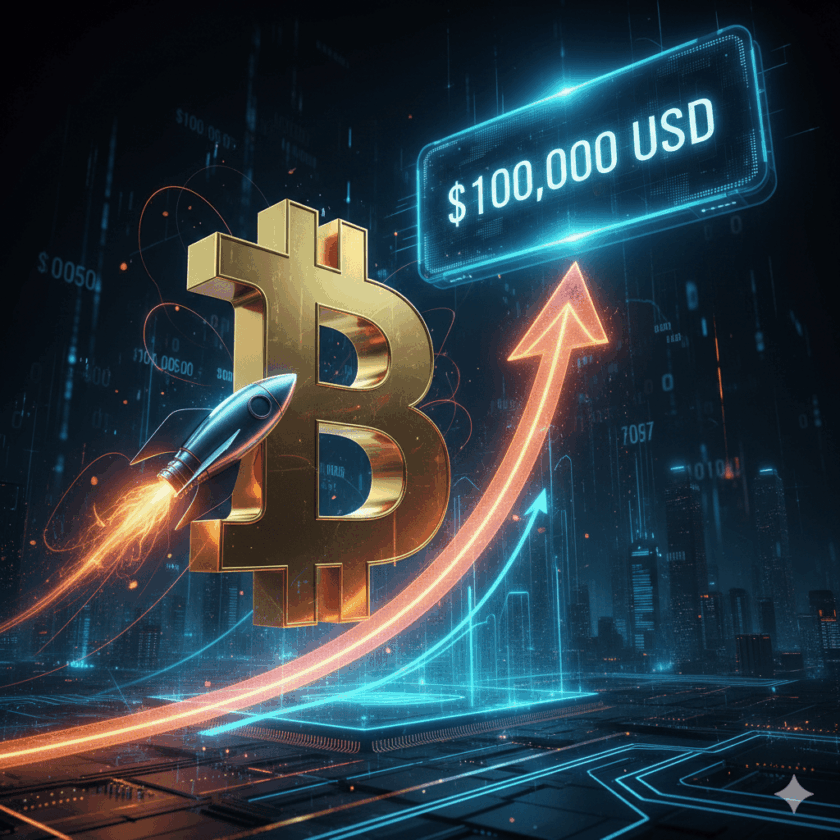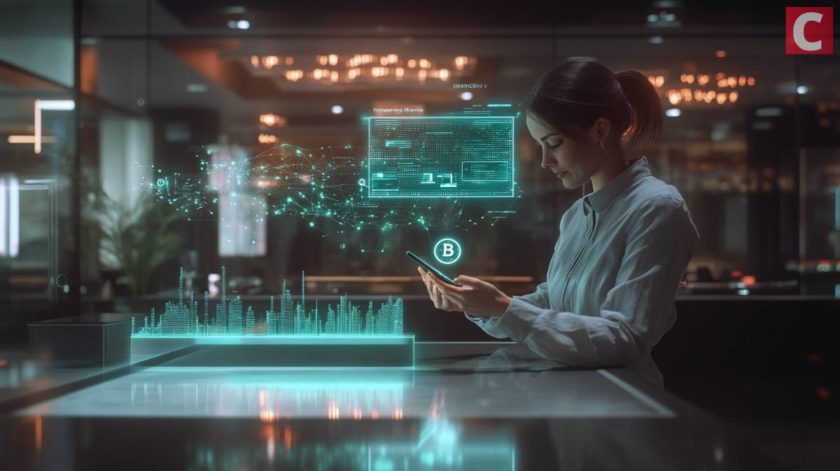On Nov. 2, Jury deliberation began in United States v Bankman-Fried over fraud allegations, conspiracy, and money laundering charges linked to FTX and Alameda’s collapse.
The criminal trial for Sam Bankman-Fried over the multi-billion dollar collapse of FTX reached its climax on Nov. 2 following closing statements from prosecutors and the defense.
Bankman-Fried’s defenders offered arguments presenting the FTX founder as merely human and therefore challenging the government’s case which alleges purposeful fraud and criminal intent.
Conversely, federal attorneys said the defendant arrived at several crossroads where he could have come clean and told the public the truth, but chose to risk it all following the two companies filing for bankruptcy.
Defense attorneys claimed witnesses Caroline Ellison, Gary Wang and Nishad Singh only testified to save themselves from severe prosecution. Former executives were never whistleblowers while FTX and Alameda operated because there was no law-breaking, according to Mark Cohen and the defense.
Prosecutors countered by painting FTX’s founder as a dictator who chose impressionable deputies and influenced all significant decisions. Federal lawyers asked the jury to consider Bankman-Fried’s demeanor on the stand against witnesses like Ellison, Wang and Singh, who allegedly yielded consistent answers throughout their testimonies.
Bankman-Fried’s legal team said the former FTX boss never checked the code bug or accessed the exchange’s AWS database. Government attorneys responded with Bankman-Fried’s MIT degree and his testimonies in front of Congress, stressing that the defendant was brilliant and calculated enough to convince investors and U.S. lawmakers alike.
The prosecution added that absent executives in critical departments like risk management and miscommunication with in-house legal consultants were strategies employed by Bankman-Fried showcasing conscious avoidance and conspiracy to commit fraud.
Following rebuttals from both sides, Senior District Judge Lewis A. Kaplan charged the jury to deliberate and come up with an eventual verdict.
Two of the seven counts involve wire fraud on FTX customers and Alameda’s lenders, respectively. The charges also establish the venue for Bankman-Fried’s trial in the Southern District of New York.
Conspiracy charges make up the remaining five counts. For conspiracy charges in counts two and four, the Judge said arguments are sufficient if evidence proves that at least two persons agreed to break the law. FTX’s former boss is also charged with conspiracy to commit securities fraud.
Count one charged the defendant with conspiracy to launder wire fraud proceeds while count seven includes concealment of money laundering and the act itself. The jury would be required to choose either or both on the verdict form if Bankman-Fried is considered guilty.
Jurors were instructed to disregard why witnesses like Caroline Ellison signed cooperation agreements. Judge Kaplan also reaffirmed that Bankman-Fried is not charged with campaign finance violations or bribery of Chinese officials. The jury can, however, consider these matters in the context of alleged conspiracy.
Ellison testified that Alameda co-CEO Sam Trabucco and the defendants devised a plan to unfreeze $1 billion stuck in Chinese accounts by paying a $100 million bribe to Beijing officials. The blueprint for this transaction involved sending cryptocurrencies to wallets belonging to Thai escorts.
Alternate jurors were reminded not to read anything about the case and Judge Kaplan excused the jury to begin its deliberation. A verdict could be issued in a matter of hours or days. Here are the 12 jurors for Bankman-Fried’s trial.



